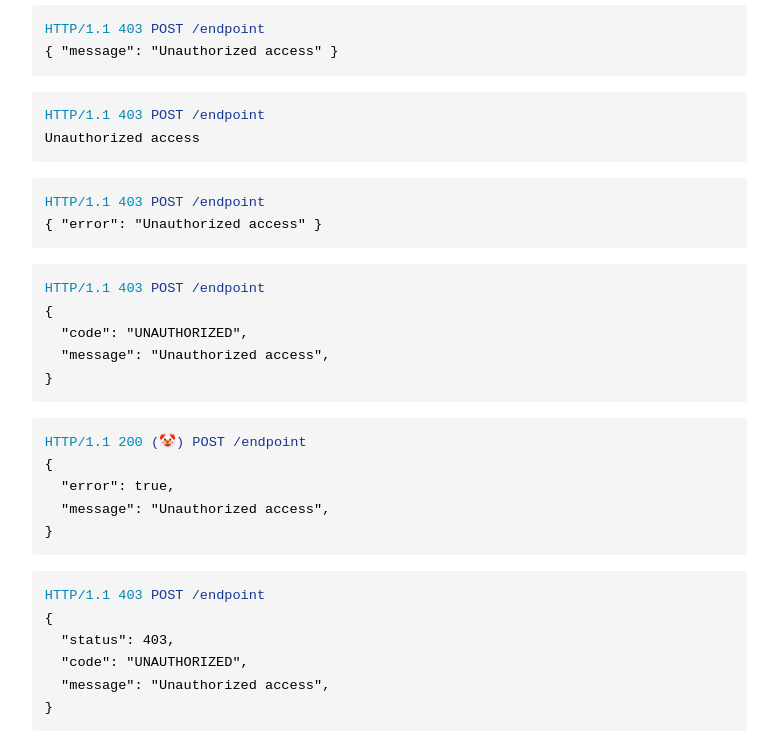this post was submitted on 30 Aug 2024
130 points (99.2% liked)
Programming
19356 readers
47 users here now
Welcome to the main community in programming.dev! Feel free to post anything relating to programming here!
Cross posting is strongly encouraged in the instance. If you feel your post or another person's post makes sense in another community cross post into it.
Hope you enjoy the instance!
Rules
Rules
- Follow the programming.dev instance rules
- Keep content related to programming in some way
- If you're posting long videos try to add in some form of tldr for those who don't want to watch videos
Wormhole
Follow the wormhole through a path of communities [email protected]
founded 2 years ago
MODERATORS
you are viewing a single comment's thread
view the rest of the comments
view the rest of the comments


What I meant was that if you are returning 404 for example when a user doesn't exist. You can't tell if the user doesn't exist or someone changed the API to remove the endpoint.
But forcing HTTP codes without a moment to think it through seems to be the new fad.